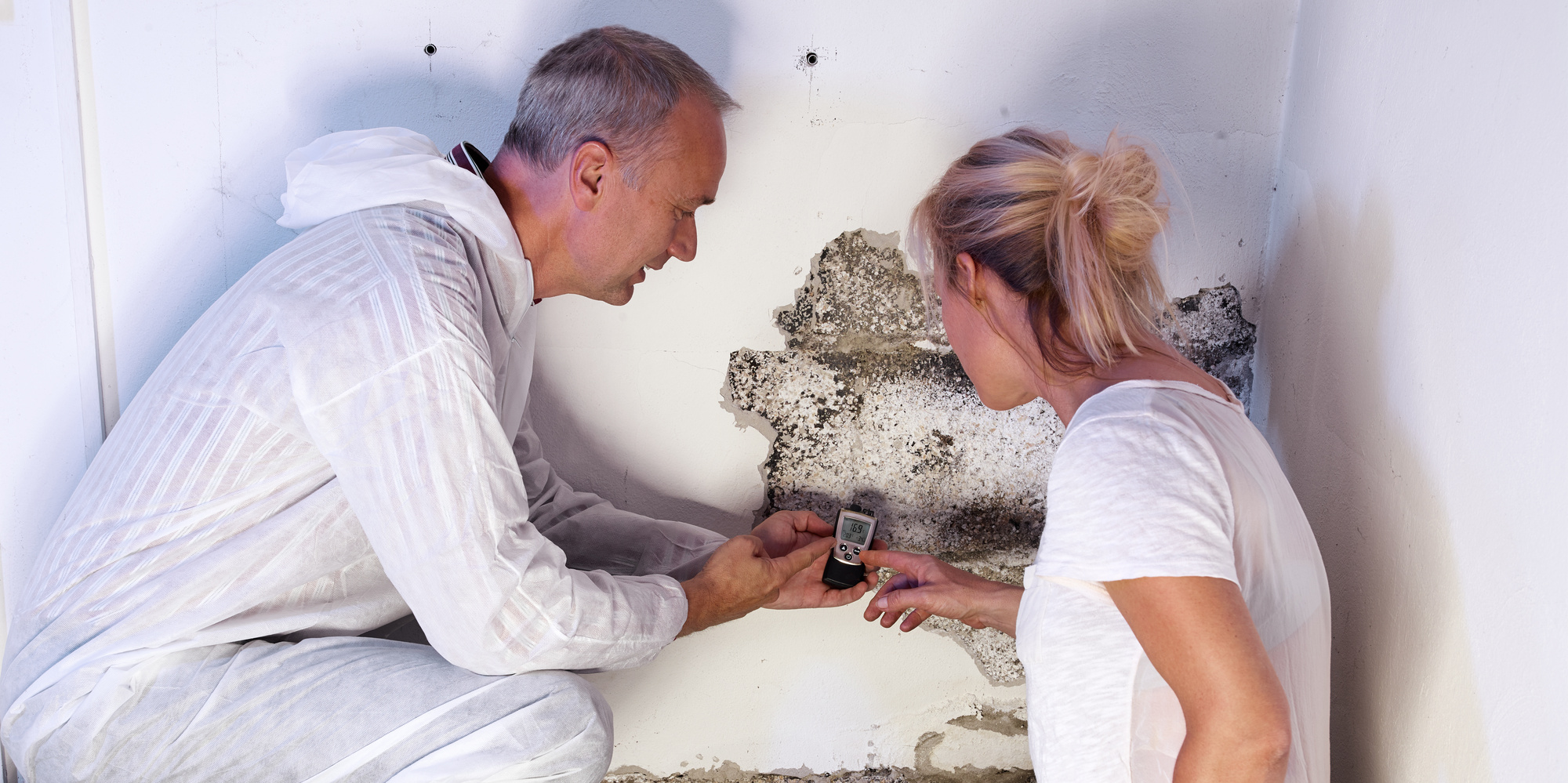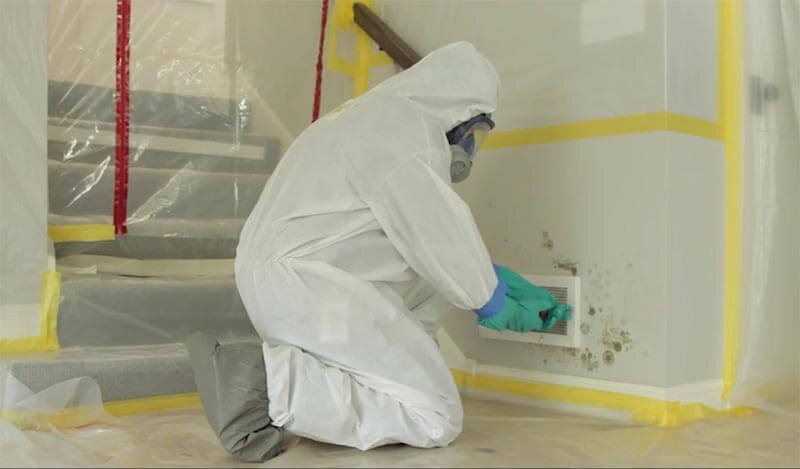Your Ultimate Guide to Blog Post Mold And Mildew Remediation Techniques
In the results of mold invasion, knowing exactly how to properly eliminate the mold and mildew and avoid its reoccurrence is extremely important for preserving a healthy and balanced indoor setting. From selecting the appropriate cleaning and decontaminating techniques to executing strategies for lasting mold prevention, each action in the remediation journey plays an essential duty in making sure an effective result.
Understanding Post-Mold Removal Process
After completing the mold and mildew remediation process, it is crucial to comprehend the post-mold removal methods that are required to make certain a detailed and efficient cleanup. Once the mold and mildew has been gotten rid of, the following action entails cleansing and sanitizing the impacted areas to avoid any regrowth of mold. This consists of using specialized cleaning up representatives to wipe down surface areas and kill any remaining mold spores. It is necessary to dry out the location entirely to inhibit the growth of mold in the future (Post Remediation Inspection near me). Appropriate ventilation and dehumidification can aid in this process.
In addition, carrying out a last evaluation post-remediation is vital to ensure that all mold has actually been successfully removed. This assessment ought to entail a thorough visual check as well as perhaps air sampling to confirm the lack of mold and mildew spores in the air. Added remediation may be needed if the inspection exposes any remaining mold and mildew. Last but not least, educating owners on preventive procedures such as regulating dampness degrees and immediately addressing any type of water leaks can assist preserve a mold-free atmosphere.
Efficient Cleaning Up and Disinfecting Techniques

Protecting Against Future Mold Development

Importance of Proper Ventilation
Proper ventilation plays a critical function in protecting against moisture buildup, a crucial aspect in mold development within indoor settings. Effective ventilation systems aid eliminate excess humidity from the air, reducing the possibilities of mold spores locating the wetness they need to spread and germinate. Without adequate air flow, indoor areas can become a reproduction ground for mold, causing potential wellness risks and architectural damage.
By making certain appropriate air circulation, air flow systems can also assist in drying out damp locations faster after water damages or flooding cases, additionally deterring mold development. testing air quality after mold remediation. In spaces like restrooms, basements, kitchen areas, and attic rooms where wetness levels have a tendency to be higher, setting up and preserving effective ventilation systems is crucial in avoiding mold invasions

Monitoring and Upkeep Tips
Provided the important function that proper air flow plays in avoiding mold and mildew growth, it is essential to establish reliable monitoring and maintenance ideas to make certain the continued functionality of ventilation systems. Routine examinations you could try these out of ventilation systems need to be performed to inspect for any type of indicators of obstructions, leakages, or malfunctions that could restrain proper airflow. Monitoring moisture degrees within the property is also important, as high moisture can add to mold growth. Installing a hygrometer can assist track moisture levels and sharp homeowners to any kind of spikes that may need focus. Furthermore, guaranteeing that air filters are consistently cleaned up or changed is vital for keeping the efficiency of the ventilation system. Implementing a routine for regular upkeep tasks, such as air duct cleaning and HVAC system evaluations, can aid prevent problems prior to more helpful hints they rise. By staying attentive and proactive to the condition of ventilation systems, home proprietors can effectively reduce the risk of mold and mildew regrowth and keep a healthy indoor environment.
Final Thought
To conclude, post-mold remediation methods are necessary for making certain a safe and tidy environment. Understanding the procedure, carrying out effective cleansing and decontaminating approaches, protecting against future mold and mildew growth, keeping correct air flow, and routine tracking are all essential action in the removal process. By adhering to these standards, you can effectively remove mold and mildew and prevent its return, promoting a healthy living or working area for all occupants.
In the consequences of mold and mildew problem, knowing just how to successfully eradicate the mold and mildew and avoid its reoccurrence is paramount for preserving a healthy interior environment. When the mold has actually been eliminated, the following step entails cleaning and disinfecting the affected locations to stop any type of regrowth of mold - testing air quality after mold remediation. After removing noticeable mold growth, it is vital to cleanse all surfaces in the affected area to eliminate any type of continuing to be mold and mildew spores. To further improve mold prevention measures, it is necessary moved here to address underlying problems that originally led to mold advancement.Offered the vital duty that proper air flow plays in avoiding mold and mildew development, it is critical to develop efficient monitoring and upkeep suggestions to ensure the ongoing capability of ventilation systems